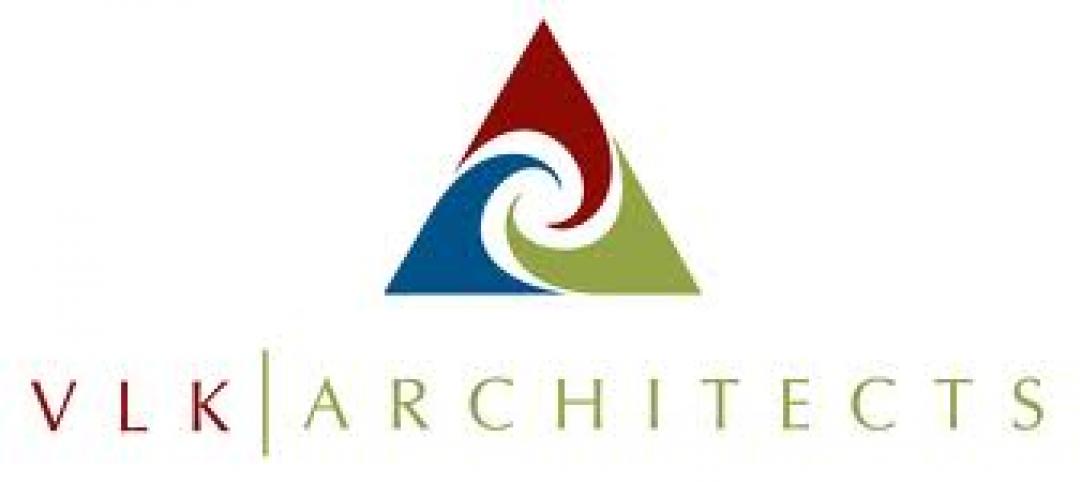By the year 2050, 70 percent of the world’s population will live in cities. In anticipation of this, Amsterdam-based AkzoNobel, a chemical company that specializes in decorative paint and coatings, recently announced its Human Cities initiative as a way to highlight their commitment in “improving, energizing and regenerating urban communities across the world.”
One project part of the initiative is a partnership with leading architecture firm OMA, founded by Rem Koolhaas, to research the link between color and economic development of a city. The announcement was made at the Venice Architecture Biennale.
“We believe that our new research partnership with OMA will make a significant contribution to creating more ‘human’ urban environments for the world’s citizens,” says AkzoNobel CEO Ton Büchner. “We’re delighted to be partnering with Rem Koolhaas and OMA on this study.”
Archdaily reports that this is not the first time research has been done on the effects of color in economics. Back in 2001, research done in Brazilian favelas by Brazilian firm Jorge Mario Jáuregui Architects and published by Harvard University Press found that “Colors had been absent due to poverty, people work on the inside, but cannot afford to work on the outside. And when a new, planned building rises in the slum – be it a public toilet or a sewing co-operative – it immediately becomes a monument. It was conceived by an architect, it indicates things are changing: People understand they now have the right to what was only available in the so-called ‘formal city.’”
Related Stories
| Feb 2, 2012
Call for Entries: 2012 Building Team Awards. Deadline March 2, 2012
Winning projects will be featured in the May issue of BD+C.
| Feb 2, 2012
VLK Architects selected for new Cypress, Texas elementary school
The Bridgeland Elementary School will be a new prototype school for the District. Designed to meet the requirements of The Collaborative for High Performance Schools.
| Feb 2, 2012
Mortenson Construction to build 2.4 MW solar project in North Carolina
Located on a 12 acre site in the Sandhills region, the 2.4 megawatt (MW) system is expected to generate approximately 3.5 million kilowatt hours (kWhs) of clean electricity on an annual basis.
| Feb 2, 2012
Shawmut Design and Construction launches sports venues division
Expansion caps year of growth for Shawmut.
| Feb 2, 2012
Fire rated glazing helps historic university preserve its past
When the University embarked on its first major addition since the opening of Hutchins Hall in 1933, preserving the Collegiate Gothic-style architecture was of utmost importance.
| Feb 2, 2012
Delk joins Gilbane Building Co.
Delk to focus on healthcare construction programs and highly complex higher education facilities for Gilbane Building Company’s Southwest region.
| Feb 2, 2012
Next phase of construction begins on Scripps Prebys Cardiovascular Institute
$456 million Institute will be comprehensive heart center for 21st Century.
| Feb 1, 2012
Increase notched in construction jobs, but unemployment rate still at 16%
AGC officials said that construction employment likely benefited from unseasonably warm weather across much of the country that extended the building season.
| Feb 1, 2012
Replacement windows eliminate weak link in the building envelope
Replacement or retrofit can help keep energy costs from going out the window.
| Feb 1, 2012
‘Augmented reality’ comes to the job site
A new software tool derived from virtual reality is helping Building Teams use the power of BIM models more effectively.















